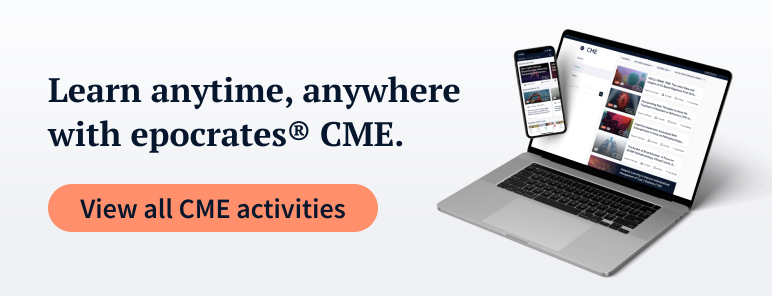
Diabetes Obes Metab
GLP-1 receptor agonist use linked to higher odds of antidepressant prescription
May 17, 2024

According to this analysis, individuals exposed to GLP-1 receptor agonists are at greater risk of being dispensed antidepressants. These findings suggest that the possible impact of GLP-1 receptor agonists on the mood of consumers requires ongoing vigilance and further research.
- Researchers examined the association between dispensed GLP-1 receptor agonists and antidepressants between 2012 and 2022 in the 10% random sample of the Australian Pharmaceutical Benefits Scheme (PBS) data.
- 358,075 of 1,746,391 individuals were dispensed antidepressants, and 8,495 of the 24,783 dispensed a GLP-1 receptor agonist were also dispensed an antidepressant in 2022.
- 24,103 of the total participants had been dispensed a GLP-1 receptor agonist between 2012 and 2021, and of these 8,083 were dispensed antidepressants in 2022. The 2012 cohort included 1,213,316 individuals who had not been dispensed antidepressants that year.
- The hazard ratio of being dispensed an antidepressant between 2013 and 2022 following the dispensing of a GLP-1 receptor agonist was 1.19 (99% confidence interval, 1.12-1.27). Additional analyses restricting the time of exposure confirmed these associations for all Australian PBS-listed GLP-1 receptor agonists.
Source:
Almeida OP, et al. (2024, April 23). Diabetes Obes Metab. Cross-sectional, case-control and longitudinal associations between exposure to glucagon-like peptide-1 receptor agonists and the dispensing of antidepressants. https://pubmed.ncbi.nlm.nih.gov/38650544/

TRENDING THIS WEEK






